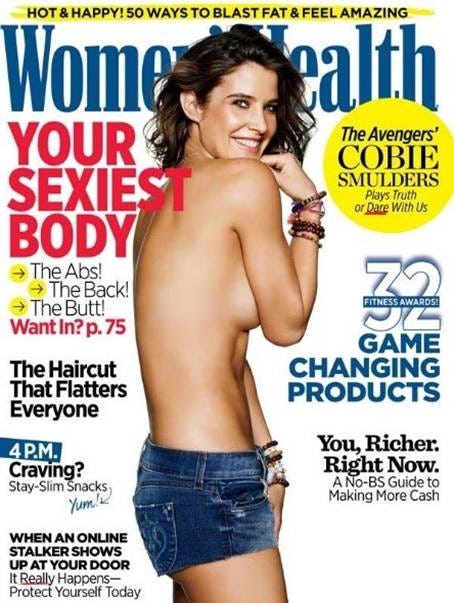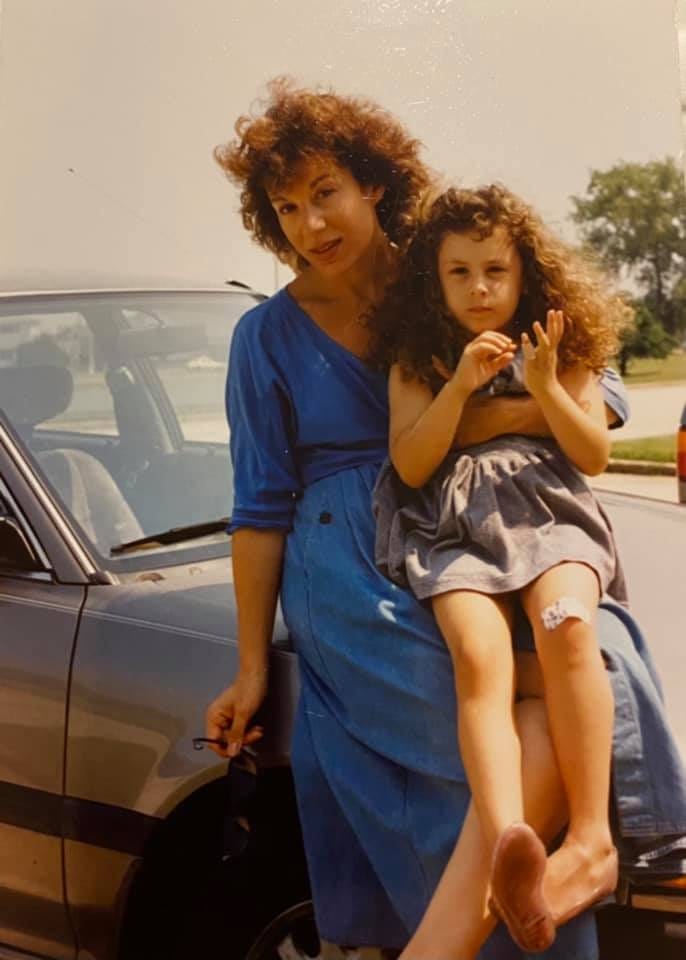What It Was Like Working At Women's Magazines In the '80s
I don't remember much, but I do remember not being allowed to write the words "Pregnant”, “Breast” or “Sex.”
Hello Friday and beyond!
I hope you like this piece below as much as I loved your effervescent company again this week at the little zoom party I hosted. I was having so much fun, I barely cared that my pizza was getting cold - and it’s good pizza! I seriously could've gone on a lot longer. Therefore, I want to do these gatherings again and again, if you do. Next time, I would love to talk a little less and listen a little more. But either way, let me know if you would be down for future get-togethers like those. Oh, a huge thank you to Sassy staffers Mary Clarke, Christina Kelly and Andrea Linett for joining us and being so open about those wacko Sassy days, along with AJPT's stellar Charlie Connell and Corynne Cirilli (I'm currently only hiring people with C initials, apparently).
As you might or might not know, like Judith, the wonderful gifted author of the post you have here below, I too worked at women's magazines in the 1980s. My first ever paying magazine job was as an intern at the now appropriately-defunct McCall’s magazine. Back then, all of the editor-in-chiefs of the women's magazines were men. So all my ideas and submissions that were deemed inappropriate for women to read were getting a big red X through them with the word “No” at the top - from a man four times my age who in no way resembled the demographic of the people we were writing for. As my birthday-twin Demi Moore said to her seatmate after losing the Oscar this year, “Nice!”
Anyway, I would love to talk more about women's magazines, your experiences with them, what you think is still so dated about some of them, etc., in the comments. So I will meet you there after this wonderful story, more artistically told than anything I just wrote. Enjoy and I love you!
Jane
By: Judith Hannah Weiss

I began working in media in the 1980’s when I was in my 20s. It wasn’t all the news. Just the hits, the misses, the hissy-fits, the highs, the lows, the pits. The hip little shake, the little hip shake, plus what raises hemlines, what raises heart rates, what raises the bar.
Back then, women didn’t get pregnant. We were either “expecting” or a stork would soon arrive. We also didn’t have sex, friends, or girls. Correction, we didn’t have Friends, Girls, or Tinder, which invented sex in 2012. I survived icons and editors known for killer looks delivered while dressed to kill, even a Devil-Wears-Prada or two, and I ghosted for a few.
Women did not “get” breast cancer when I started freelancing at Condé Nast in about 1981, because we couldn’t say “breast” in media, though you could show them in men’s magazines. Correction, you had to show them in men’s magazines. But it wasn’t as easy as that. Men’s magazines also told you how to have great adventures—by land, air, sea and bed.
Women’s magazines did not. They said things like, “There’s nothing wrong with you except your husband avoids you, your kids escape you, your lipstick is wrong, and so is your bra.” Then some magazines were Sassy, I mean sassier. That said, many women's magazine covers were showing barely clad women with their mouths half open. They looked a bit greased up and could have appeared in a men’s magazine.
I just asked AI, “What is the purpose of women’s magazines?” The answer is: “A 'Women's Magazine' [sic] is a publication that portrays women as workers rather than just mothers, wives, or sex symbols.” Here is a cover of Women’s Health.

Here, for comparison, is a man on the cover of Men’s Health.
A freelance career in media is fairly long if it lasts a heartbeat. I mean a week. Beyond probability, mine lasted thirty years. It had to. I was a single mom—making dinner and deadlines all over the world, perking up headlines while picking up kids.
Then I got hit by a drunk with a truck. The good news is I survived. The bad news was I couldn’t walk or talk real well and couldn’t read or write at all.
There were two more problems. My brain was hurt and my mind was blown. I woke up, immobilized, in an airless icy room. A scruffy green angel was floating overhead. Or a resident in scrubs. The frontal lobes have vastly enlarged over the past two million years, which is like two seconds in evolution, about as long as it took to dismantle mine.
I woke up again. My head was in a helmet studded with electrodes. A giant eye is watching me. I looked like a million dollars, rather, a million dots, in a screaming, thumping tube. My brain was numbered. Again. Probes punctured my scalp to survey my mind. Temporal lobe, occipital lobe, you name it; there was a probe for the lobe.
Someone in scrubs put more of something in the IV. Perhaps it was anti-aging, anti-wrinkle, anti-old. Some days went better than others. Some people are from another planet. Perhaps I am one of them.
As you get older, you are supposed to have time for yourself. If you’re brain injured, you skip a few steps. You don’t have time and you don’t have yourself. Experts in the field of brain damage, have, of course, never suffered brain damage. While we who have suffered brain damage, and will deal with it forever, will never be experts in anything.
In my first life, I imagined things. It was my job. Then something no one could imagine happened. A lady ran out of beer, stole a truck and crushed a car that contained me.





